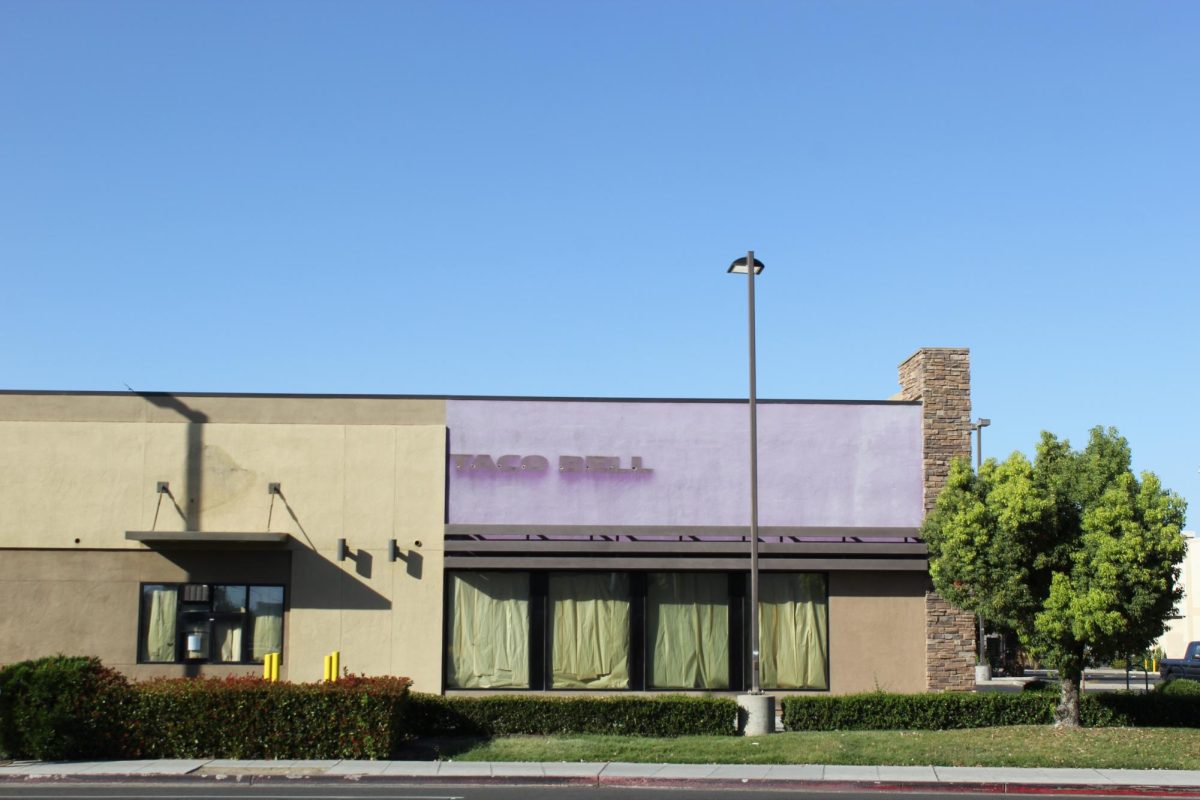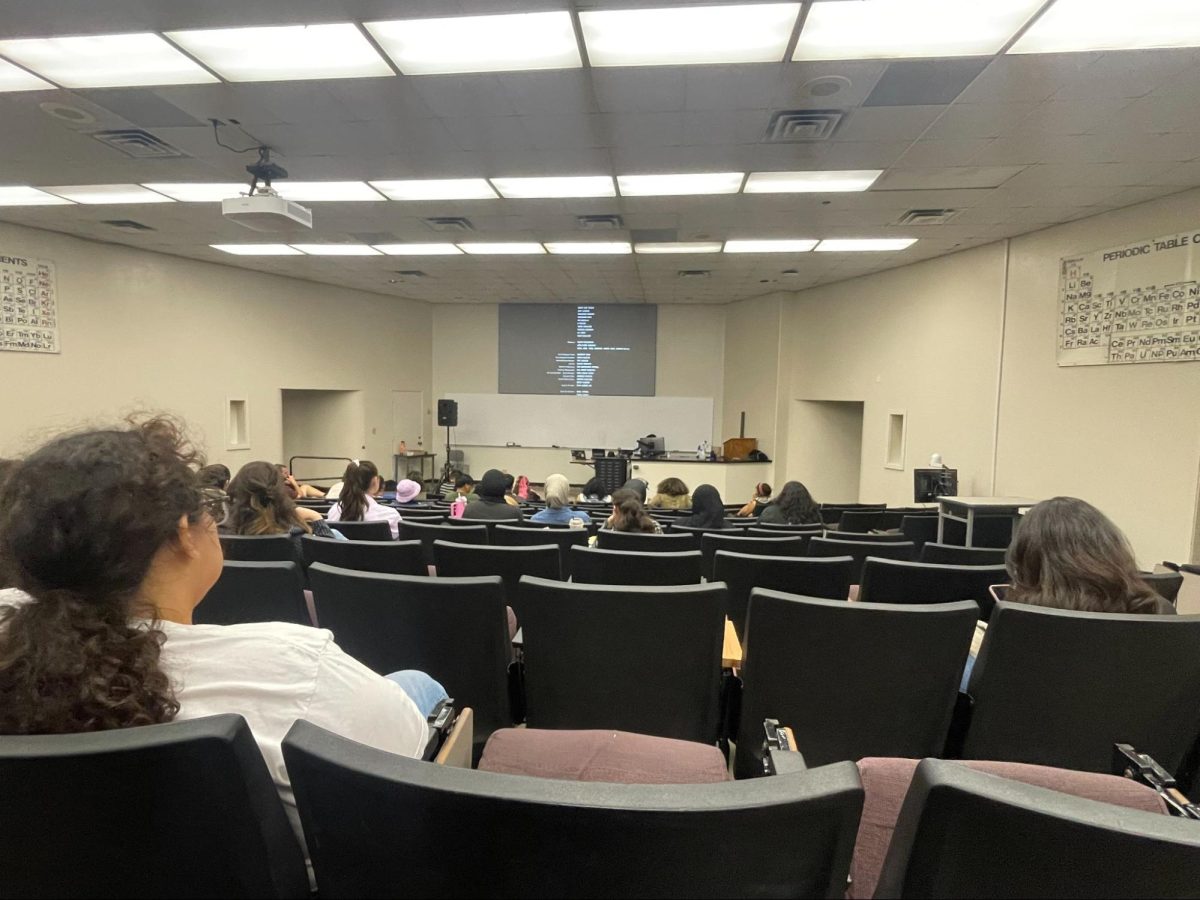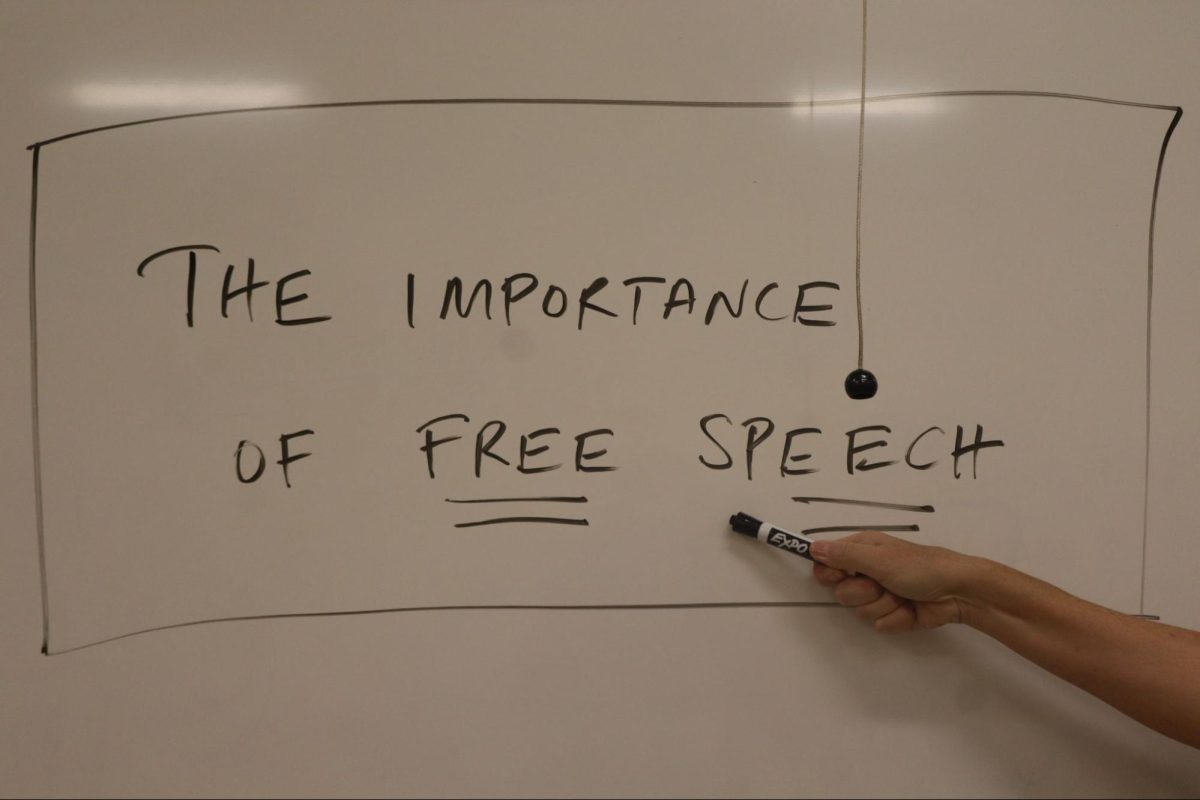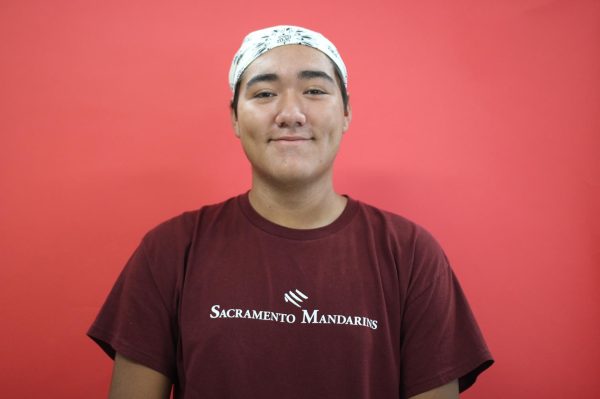When registering for the Fall 2025 semester, students may have noticed certain classes under new names, or even a separate category of classes named “Fall 2025.” This was not a bug, but rather part of a concerted effort among the 116 community colleges in California to standardize course numbers across campuses.
The effort is thanks to Assembly Bill 1111, which was passed in 2021 and requires a system that will “streamline transfer from two-to-four-year postsecondary educational institutions and reduce excess credit accumulation.” The goal is to make sure that students know which classes fulfill transfer requirements from campus to campus and eliminate the confusion by ensuring that classes are easily recognizable across schools.
These changes will affect the number of the class name, and in some cases the prefix of the subject will be adjusted to include four letters. Classes with the abbreviation “POLSCI” for political science will have the prefix shortened to “POLS” and classes with the abbreviation “PSY” for psychology lengthen to “PSYC.” Classes that already have a four letter prefix will not be changed.
The name of the course may also be changed in order to accurately reflect the possibly modified curriculum. For example, on the Fresno City College campus, “PSY-2 General Psychology” was renamed this fall semester to “PSYC C1000 Introduction to Psychology.” “ENGL 3 Critical Reading and Writing” became “ENGL C1001 Critical Reading and Writing.”
The process starts when the California Community Colleges (CCC) gives each course a common course numbering (CCN) template, which includes guidelines and requirements as to what each class’s learning objectives should include. These templates are sent to FCC’s Curriculum Committee, which consists of counselors Nileen Clark, Kelli O’Rourke, Elizabeth Rard and Francisco Bucio.
“Now we’re looking at phase two. There is a phase three, and it has at this time 47 courses. We may not offer every single one, so it would be up to our faculty to create them, or just to not have them, there’s no need,” Bucio said.
These changes make these classes the same as classes offered at the other campuses in the State Center Community College District (SCCCD), such as Reedley College and Clovis Community College. This process requires thorough communication between college campuses to ensure that nothing gets lost in-between the cracks, which is why the team at FCC has been at work to properly make these changes.
It is their goal to ensure that each of the classes being re-numbered accurately fits what each template requires. This means that for some classes this is not just a cosmetic change, but will also necessitate slight changes in curriculum. These class changes ensure that each campuses education is unified and easily transferable within the CCC system.
While these new course numberings do not line up directly with the University of California or California State University system, they are using existing course identification (C-ID) numbers as a reference to make these templates for the community college system. Transferring credits could become a more streamlined process than it currently is.
These changes have implications for students regarding registration going forward. The most obvious being updated course numbers, which can be found on the SCCCD website. The current list is up-to-date, with the next changes taking place for the Fall 2026 semester. These future updates will also impact the way students find impacted courses on the Self-Service website.
It is important to note that students will need to look for the updated category listed as “Fall 2026” next to the updated classes when registering for next year’s fall semester, otherwise they may not be able to find their classes.
During this process, it is important to stay up-to-date and informed about which courses are the next to be impacted. Bucio encourages students to reach out to him, or any other member of the counseling team for updates. They will be posting important information regarding these changes soon.
“But what we’ve learned statewide, this is going to be happening, I would say, if I had to make an educated guess, at least three to four more years, at least,” Bucio said.









